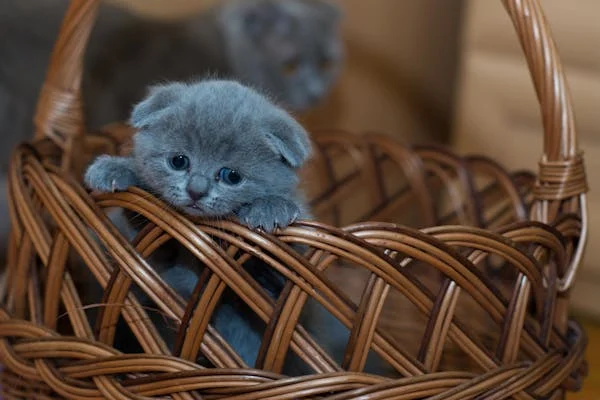If you’ve ever shared your home with a cat, you’ve probably experienced the soothing, rhythmic hum of a cat’s purr. Many associate this sound with happiness, but the truth is, there’s much more to this feline behavior than meets the ear. Purring is a multifaceted form of communication, a natural response to various stimuli, and even a self-healing mechanism. Let’s dive into the science and surprising reasons why cats purr.
1. Communication of Contentment and Comfort
The most widely known reason cats purr is to express happiness and contentment. When a cat is curled up in your lap, purring as you stroke its fur, it’s typically a sign they are relaxed and comfortable. Kittens learn to purr early on as a way to communicate with their mothers, and the mother cat purrs back to soothe her young. For cats, this instinct continues into adulthood. Purring becomes their way of saying, “I’m happy here.”
2. A Healing Mechanism
Beyond simply expressing contentment, purring may serve an extraordinary physiological function. Studies suggest that purring can promote healing, both for the cat itself and potentially for others around it. The vibrations from a cat’s purr occur within a frequency range of 25 to 150 Hertz, which has been shown to be therapeutic for bone growth, pain relief, and tissue regeneration. This may explain why cats often purr when they are injured or unwell—they are using their purring as a form of natural healing.
3. A Coping Mechanism for Stress and Anxiety
Interestingly, cats don’t only purr when they’re happy. Cats may purr when they are frightened, anxious, or in pain. This type of purring is often referred to as “solicitous” purring and serves as a way to calm themselves down. For instance, a cat might purr in a stressful situation like a vet visit or even during labor. The soothing effect of purring may help cats cope with discomfort and anxiety by releasing endorphins, much like how humans might hum or meditate to self-soothe.
4. A Way to Request Attention or Food
Cats are smart communicators, and some have learned to purr when they want something specific from their human companions—like food or attention. This type of purr often has a slightly different tone than a contentment purr and is sometimes mixed with a high-pitched meow. A 2009 study from the University of Sussex found that this “solicitation purring” is often used to manipulate humans by incorporating a sound similar to an infant’s cry. This makes it hard for us to ignore, and most cat owners will quickly respond with treats, food, or affection.
5. Social Bonding
Purring also serves as a form of social bonding between cats and their humans or other animals. Cats in multi-cat households may purr to signal peaceful coexistence or to bond with one another, just as they purr to bond with their human family members. This behavior helps create a sense of companionship and trust, reinforcing the social ties that are important to cats.
6. Mother-Infant Communication
In the wild, newborn kittens are blind and deaf, so their first interactions with their mother are through touch and vibration. The mother cat uses purring to communicate with her kittens, guiding them to her warmth and milk. Likewise, kittens begin to purr when they are just a few days old, signaling their well-being and helping to establish an early bond with their mother. This form of communication is vital for their survival during the vulnerable early stages of life.
7. Possible Role in Hunting and Survival
Some experts theorize that purring may have an evolutionary advantage in helping wild cats remain quiet while they recover from injuries or after a hunt. Unlike loud vocalizations, purring allows them to remain inconspicuous to predators and prey while also promoting healing. Additionally, because purring is not an energy-intensive activity, cats can purr even while resting or conserving energy, making it a useful survival tool.
Final Thoughts: The Multifaceted Nature of Purring
Purring is a remarkable behavior that goes beyond simple affection. It serves as a tool for communication, stress relief, self-healing, and even survival. For cat lovers, understanding these deeper layers to a cat’s purr enriches the bond between human and feline. So, the next time your cat is purring, remember that while it might just be a sign of contentment, it could also be serving a much more complex purpose.
The comforting sound of a cat’s purr may always remain one of the great joys of having a feline companion, but now, at least, we can appreciate its full range of meaning.

